Brachiosaurus
Name Origin
Arm Lizard
Family
Brachiosauridae
Classification
Diapsida, Saurischia, Sauropodomorpha
Habitat (Discovery Location)
United States, Tanzania
Period
Approximately 161 to 146 million years ago (Late Jurassic)
Length
Approximately 25 meters
Weight
Approximately 40 to 70 tons
Diet
Herbivore (Plant-eater)
 Jurassic
Jurassic
Park / World Featured Dinosaur
Appearance in Jurassic Park
This is one of the dinosaurs that left a powerful and lasting impression on audiences in Jurassic Park.
This Brachiosaurus was the very first dinosaur that Dr. Alan Grant's group encountered in the flesh upon arriving on the island. The scene where it rears up on its hind legs right in front of them, calmly feeding on leaves high overhead, gave the audience an overwhelming sense of scale and realism, filling them with a profound sense of awe.
It has two main appearances in the film: this initial encounter, and the scene where it appears near the tree that Dr. Grant and the children climbed while escaping the Tyrannosaurus.Appearance in Jurassic Park III
The individuals featured in this film are the population inhabiting Isla Sorna.
Compared to the Isla Nublar individuals seen in the first and fifth films, their appearance is significantly different; they have a greenish body color and, most notably, a red coloration on their heads. This difference in color is officially established as sexual dimorphism. The most prominent individuals in the film are the males, with official stats listing them at 15.8 meters long and 15.5 meters tall.
Their main role in the movie occurs during the film's climax, in the scene where the group is despondent after believing they have lost Billy (or so they think). The majestic appearance of the Brachiosaurus before them is portrayed as a symbol of hope for the group in their desperate situation.Appearance in Jurassic World: Fallen Kingdom
The Brachiosaurus population appearing in this film is believed to consist of individuals transported from Isla Sorna, in addition to those that survived the collapse of the original Jurassic Park.
During the operational period of the fourth film, Jurassic World, Brachiosaurus was neither raised nor exhibited to the public. Therefore, it is believed that both the new arrivals and the individuals that had established their own ecosystem since the first film were living together on the island in a feral state.
Midway through the story, a Brachiosaurus is seen calmly wandering the deserted ruins of the park's Main Street. In a way, its unchanged majestic form served to welcome Owen and his team upon their return to Isla Nublar.
As many dinosaurs perished in the volcanic eruption, one lone survivor barely managed to flee to the dock at the edge of the island.
In fact, this individual was the very same "first Brachiosaurus" that appeared before Dr. Alan Grant's group in the first film, famously rearing up on its hind legs to feed.
However, its colossal size proved to be its undoing, making it impossible to load onto the rescue transport ship. As the people on the departing vessel watched in tears, unable to jump into the ocean, the Brachiosaurus was left behind. It was consumed by the approaching pyroclastic flow and smoke, letting out a heartbreaking cry as it perished—one of the most tragic and memorable deaths in the entire series.
Regarding this striking scene with the pyroclastic flow, it seems that using a different dinosaur was initially considered during the production stage.
However, the director stated that ending the island's story with the first dinosaur ever encountered on Isla Nublar was the "right choice." This decision carried deep narrative significance: by depicting the death of the Brachiosaurus, which symbolized the "beginning" of the series, the film portrayed the complete and final collapse of the "site of dreams" that was Isla Nublar.
While the individual at the dock could not be saved, the species Brachiosaurus itself narrowly managed to avoid facing re-extinction.
According to the "Arcadia's manifest" seen in the film, it is confirmed that another adult was captured and safely transported to the mainland. Additionally, since its name can be seen in the embryo storage case at the end of the story, it is implied that DNA samples were also successfully secured.
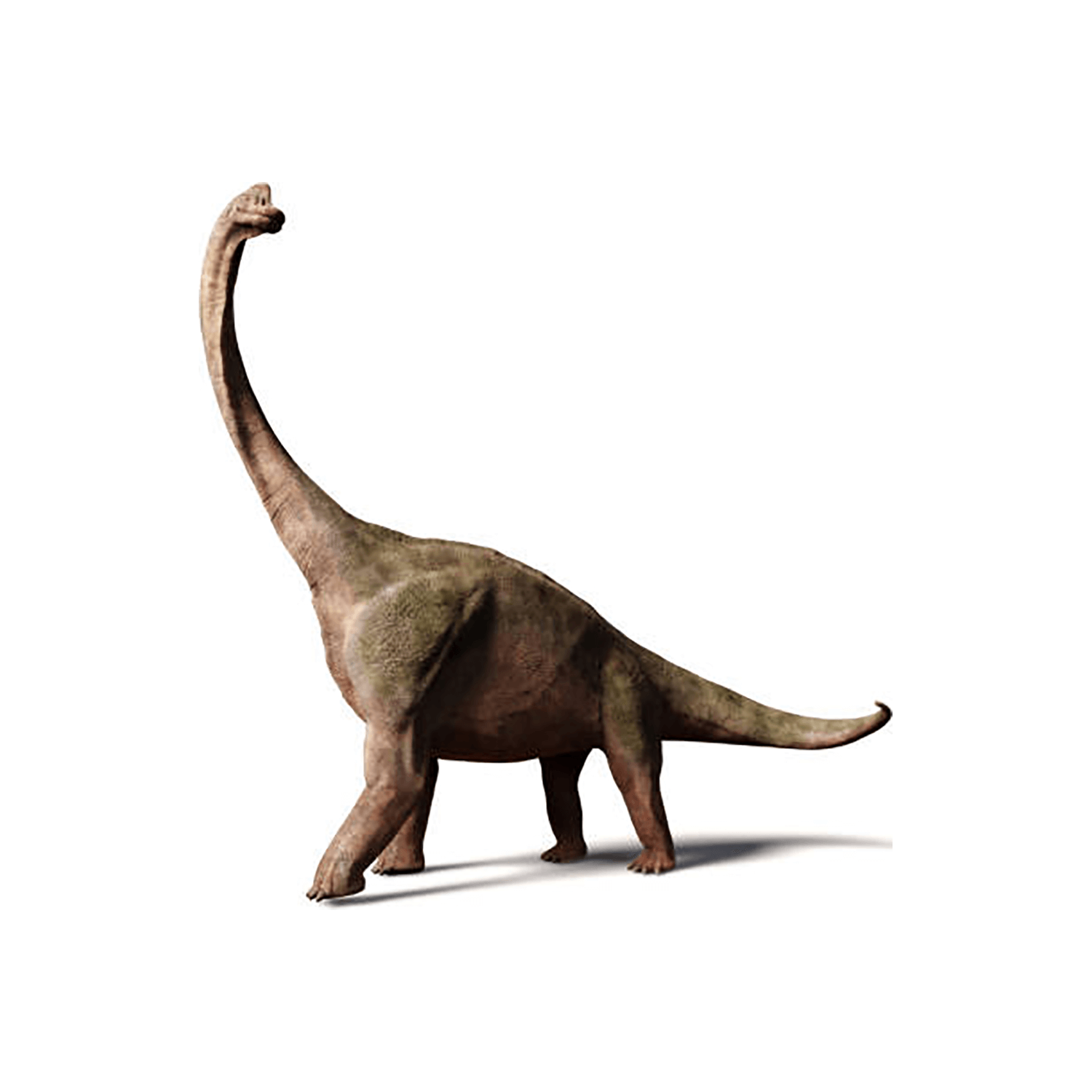
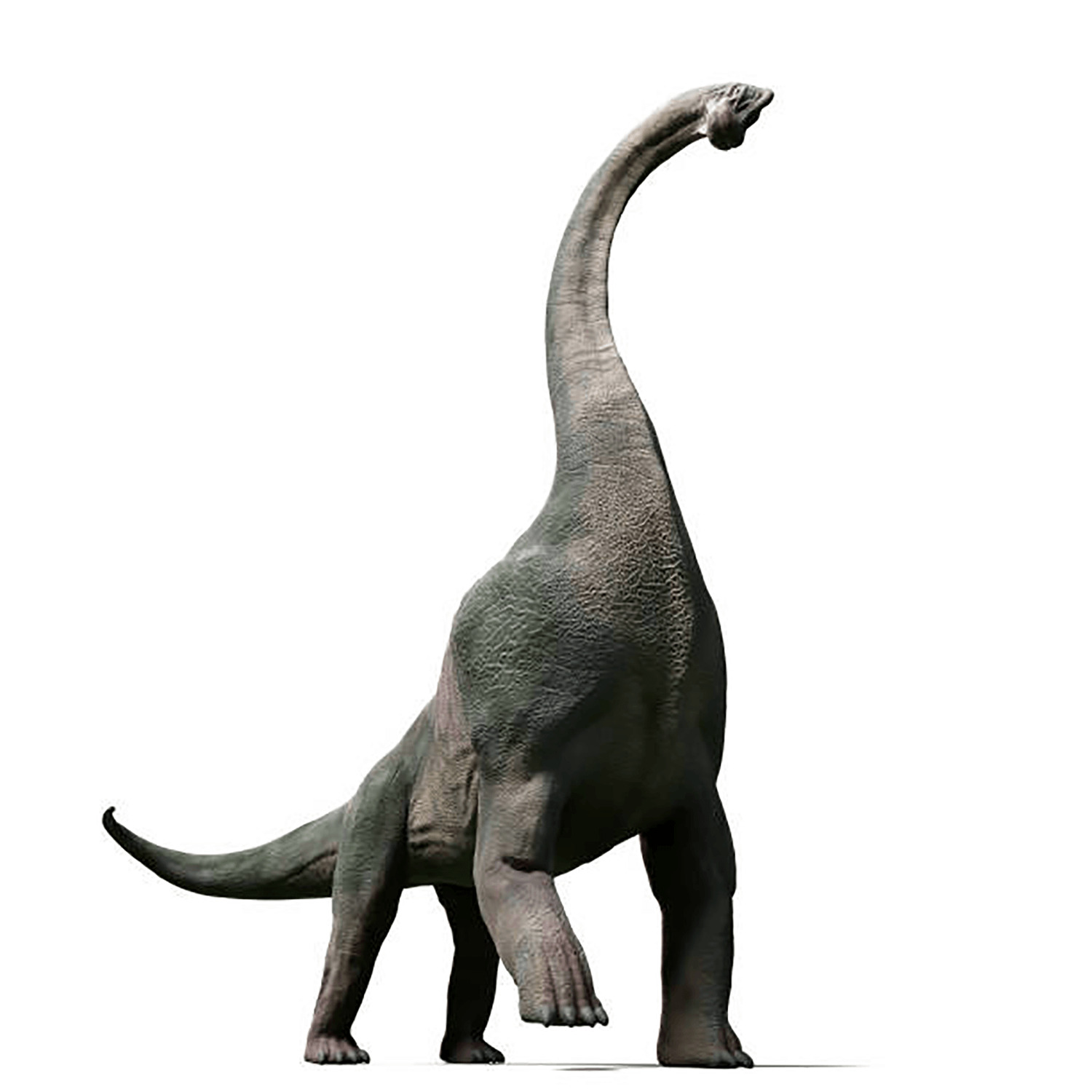
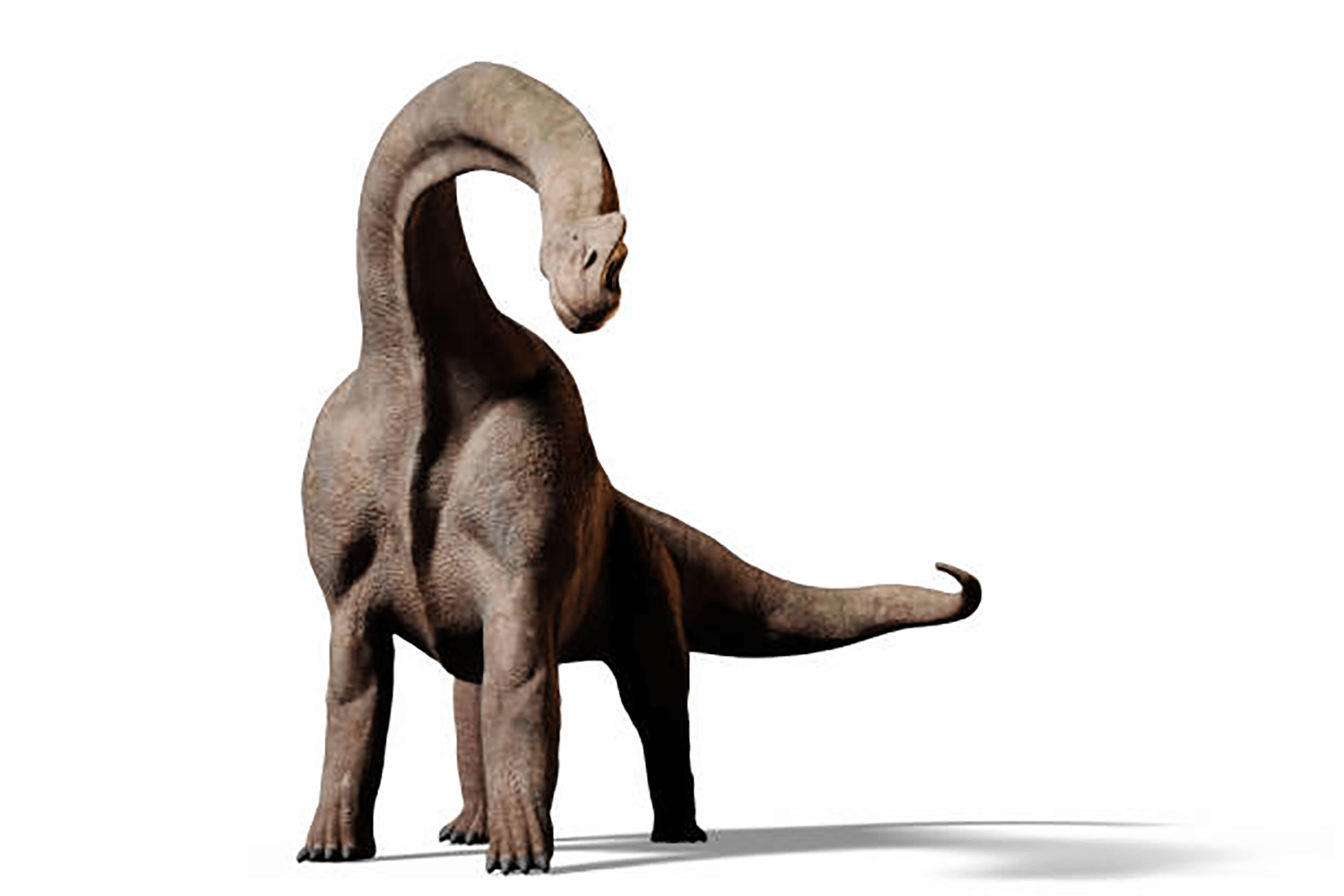
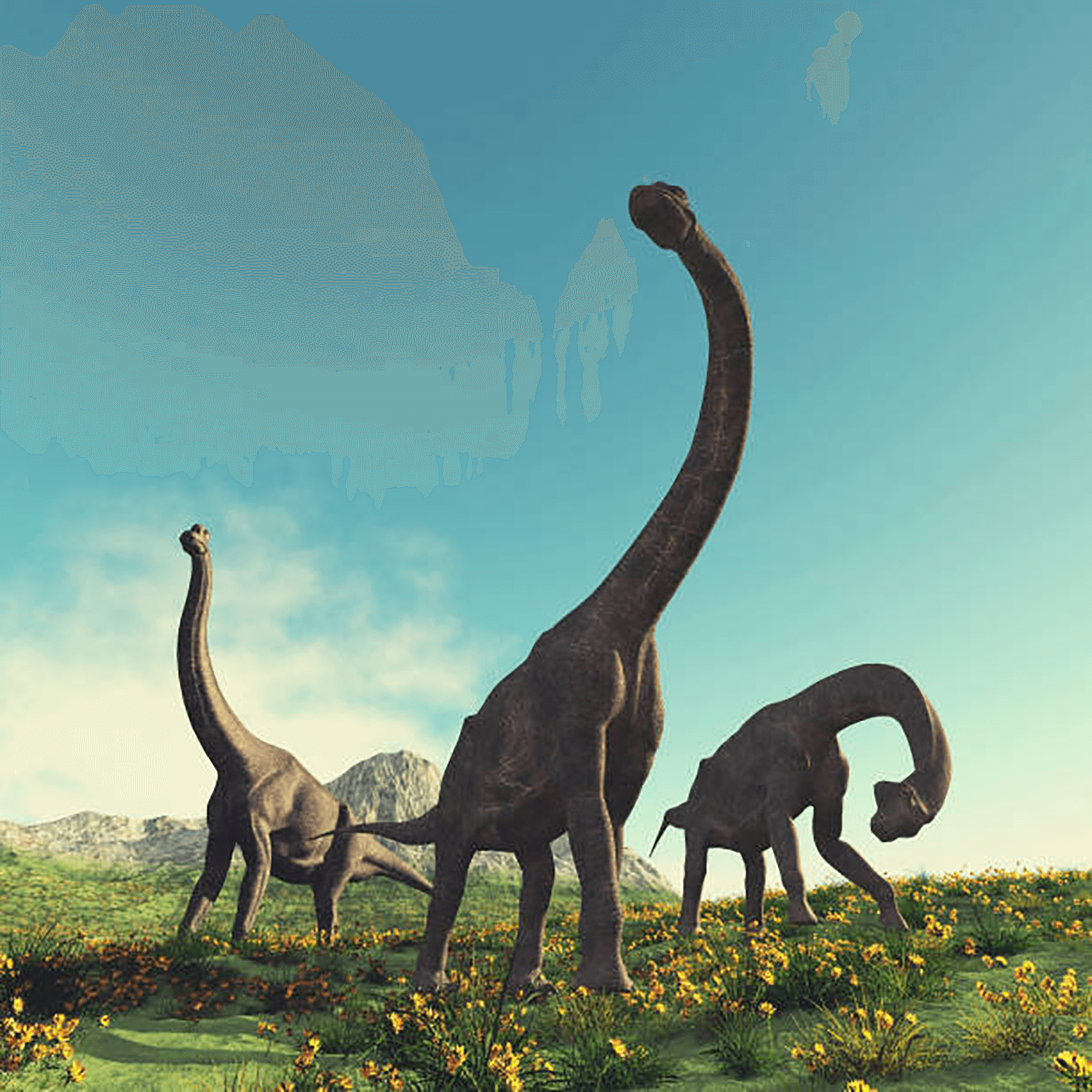
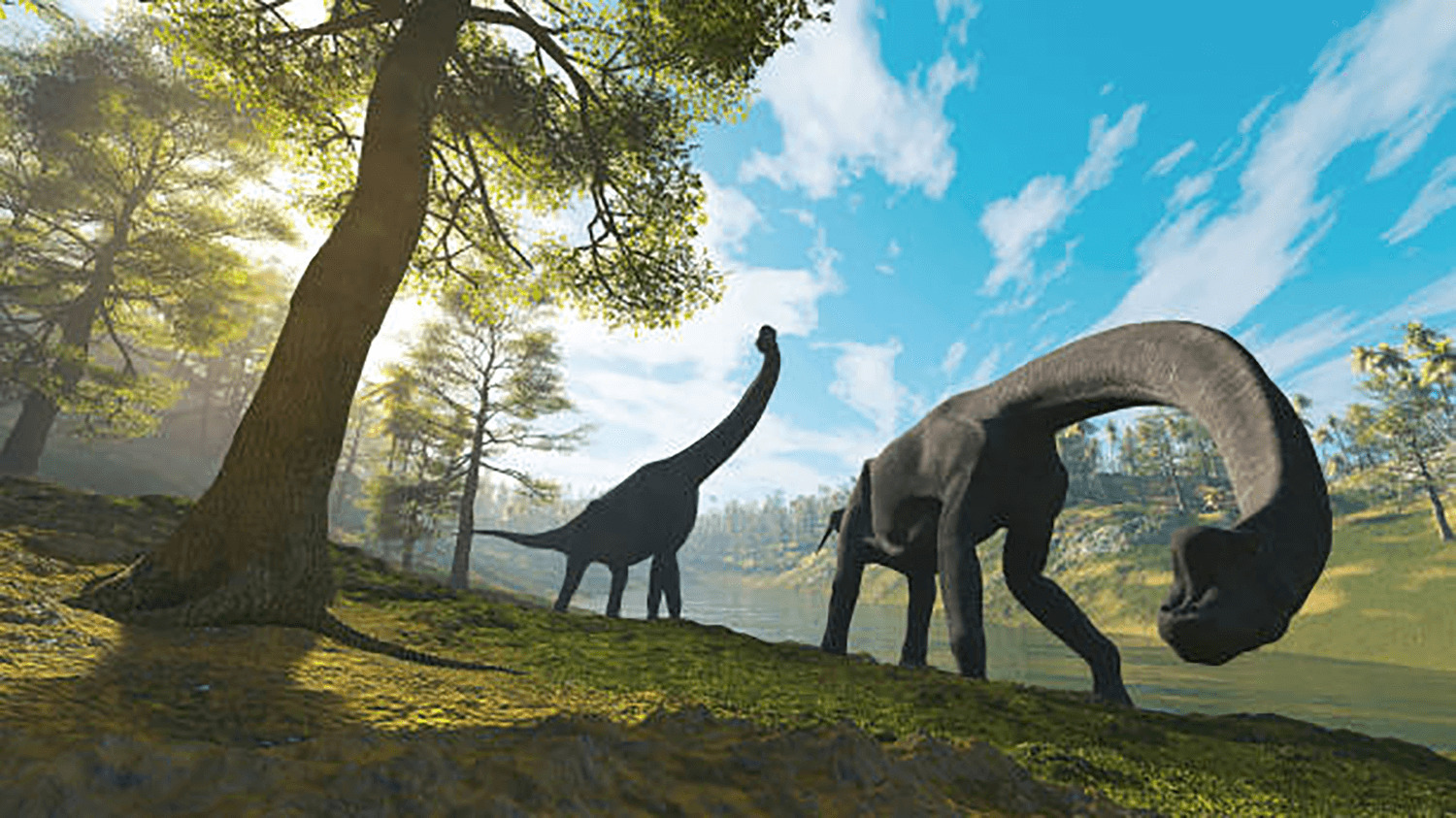
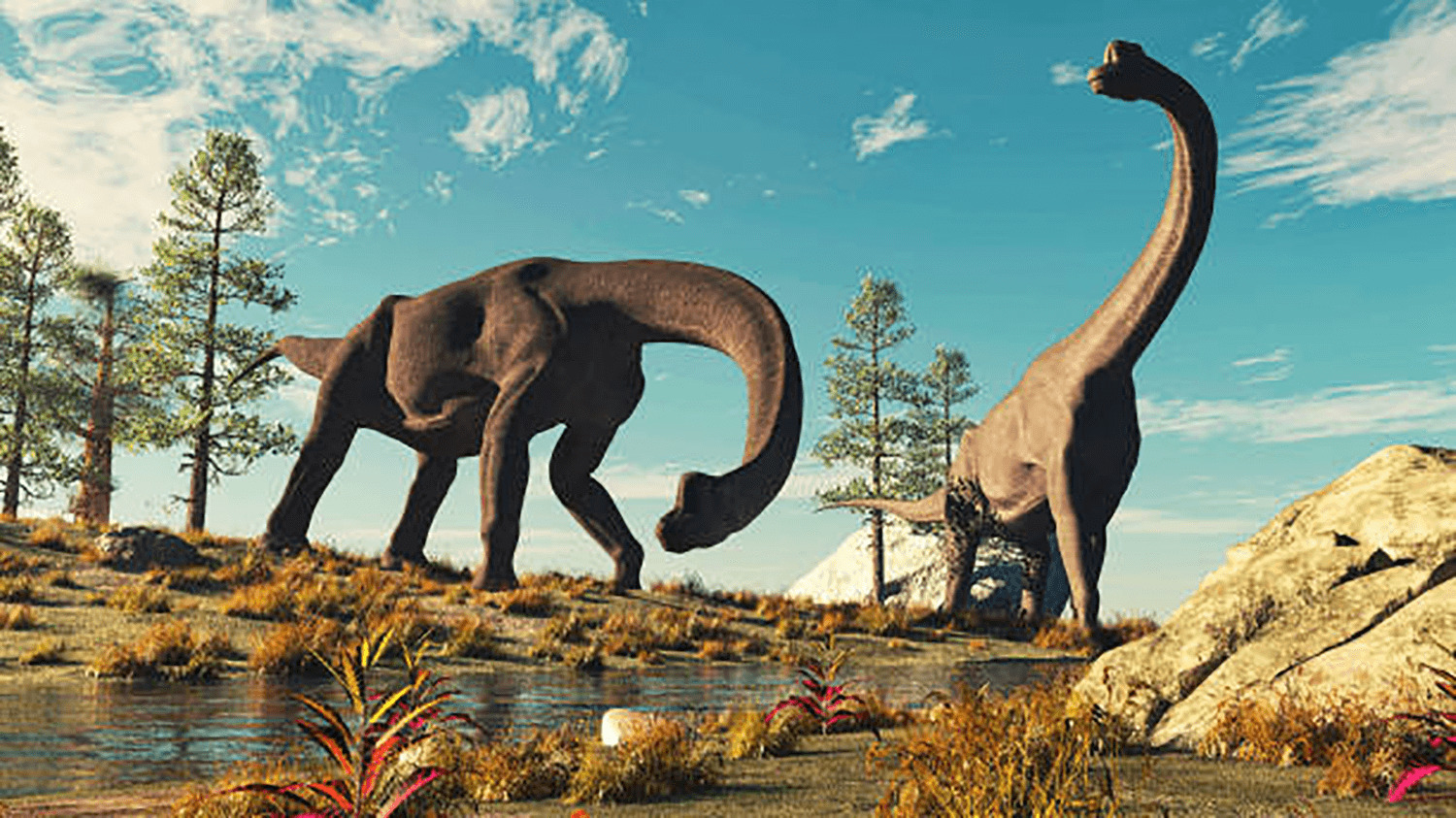
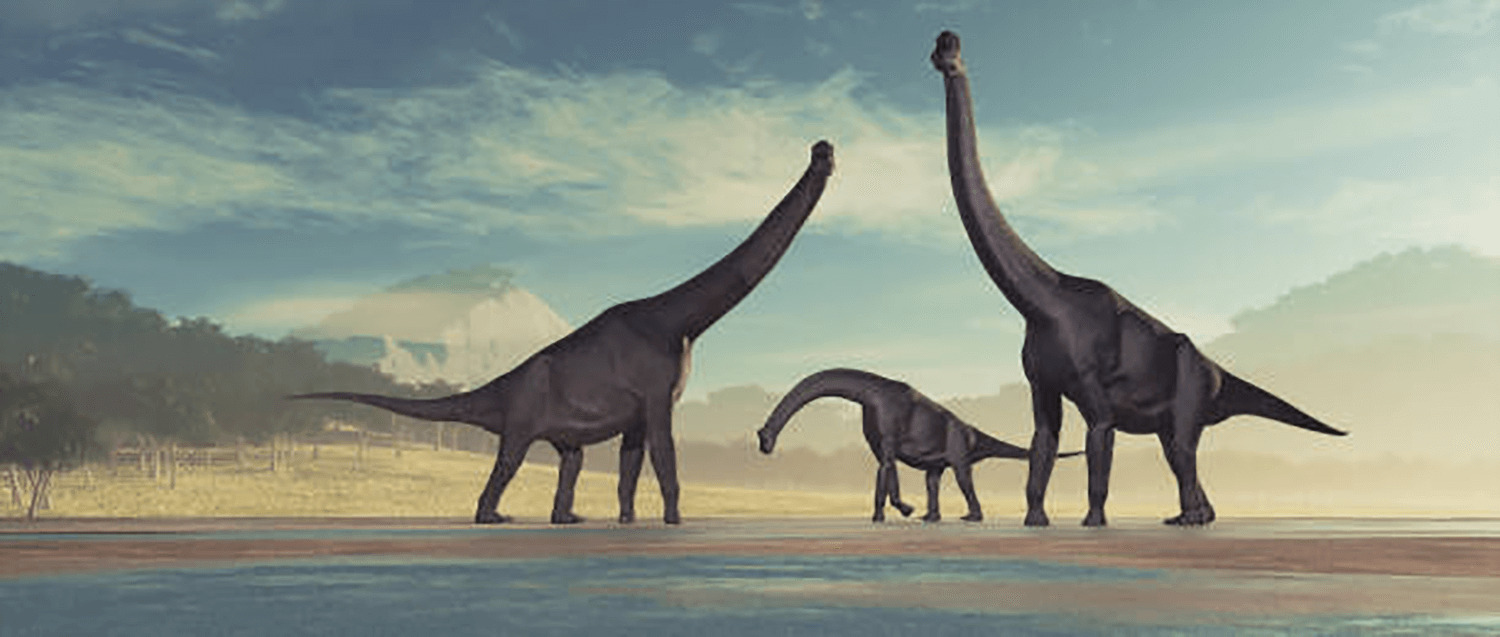
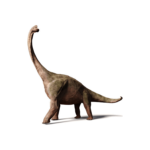
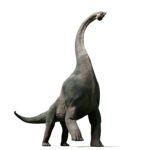
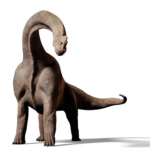
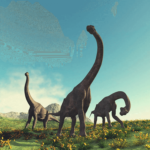
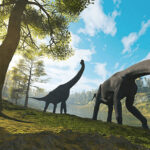
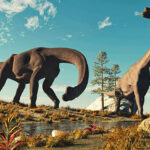

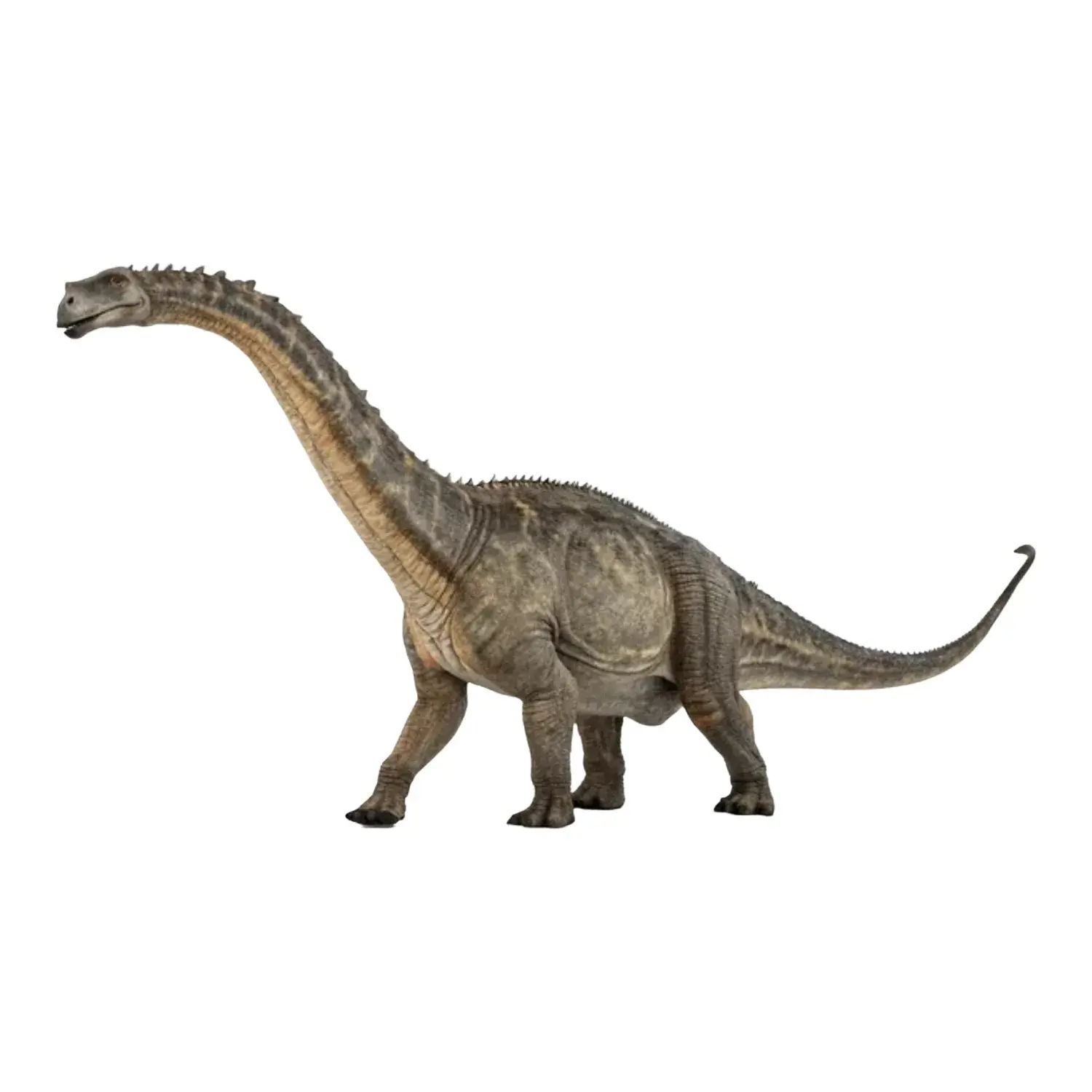
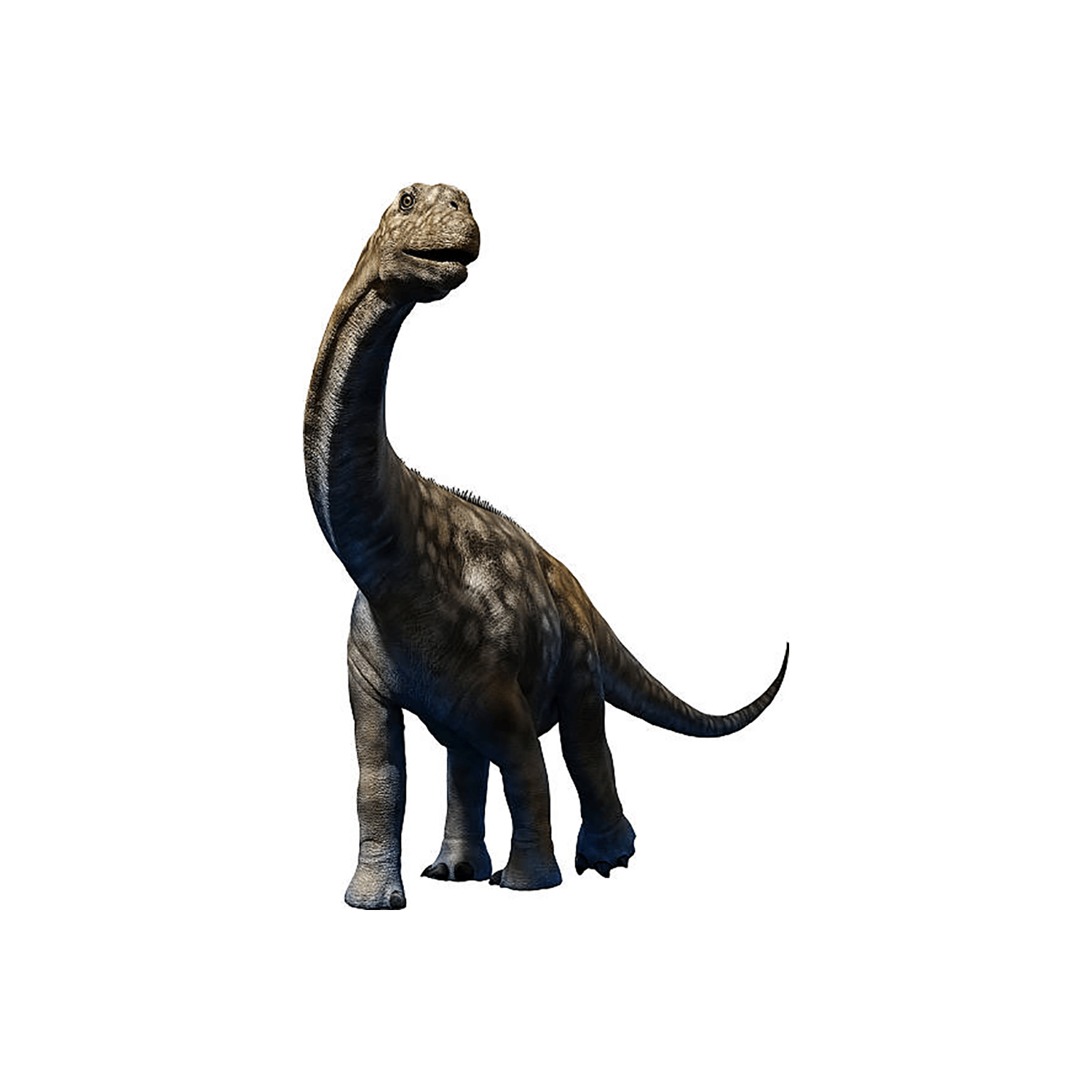
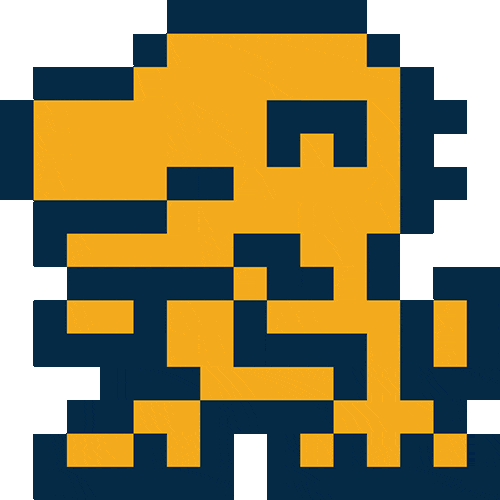
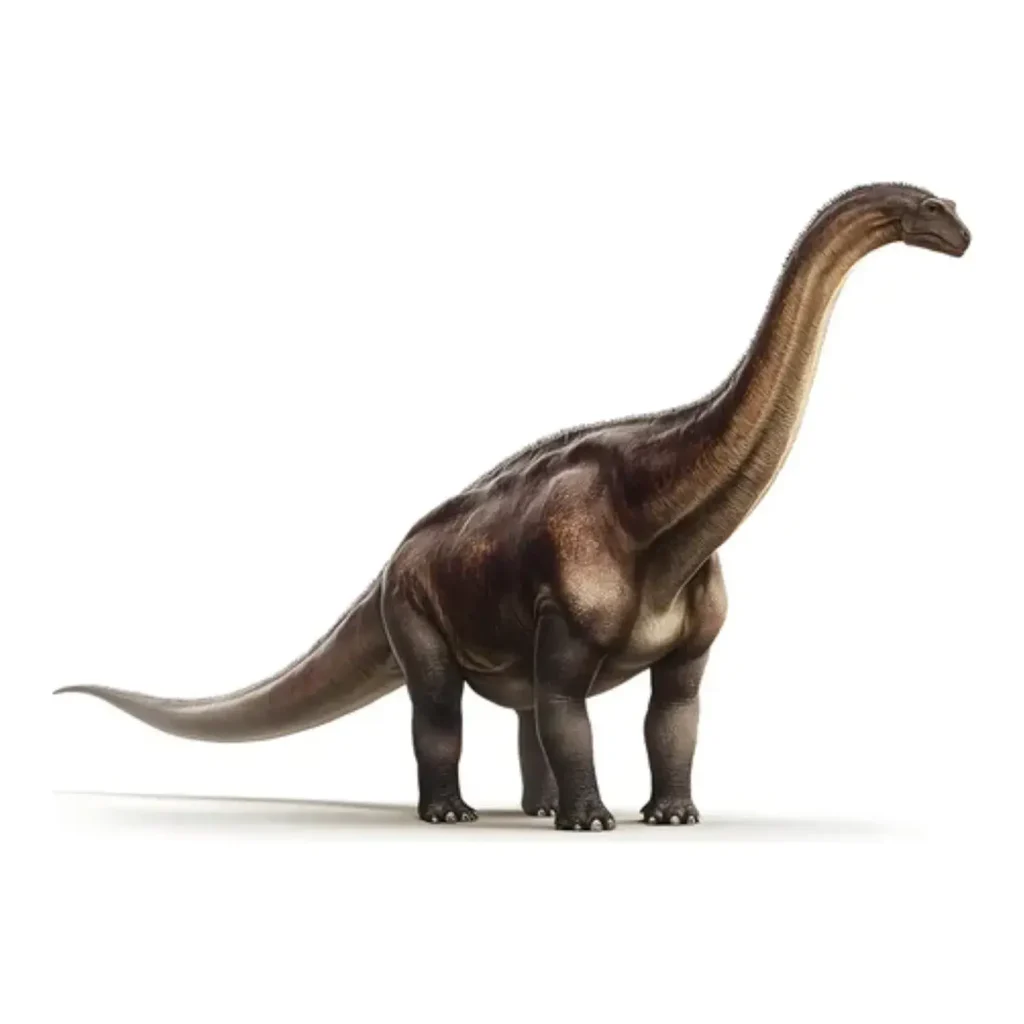
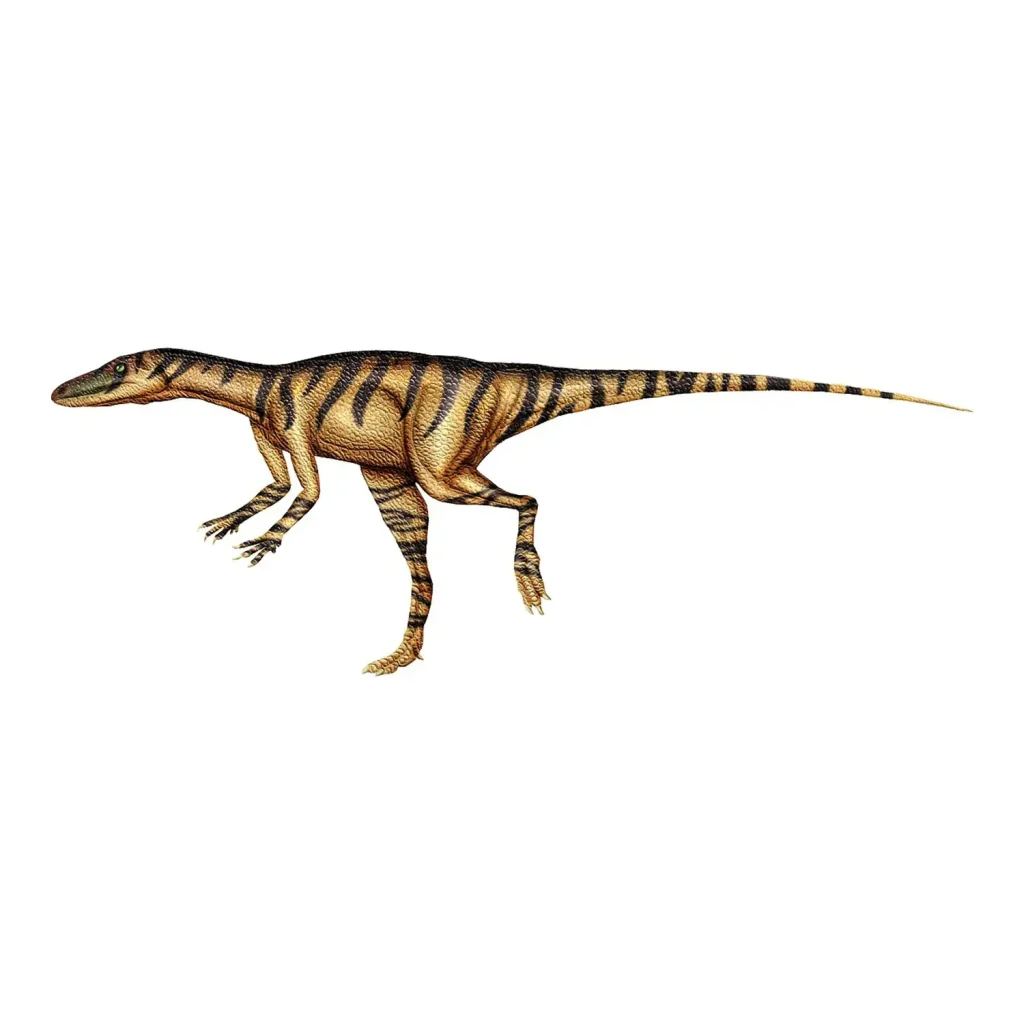
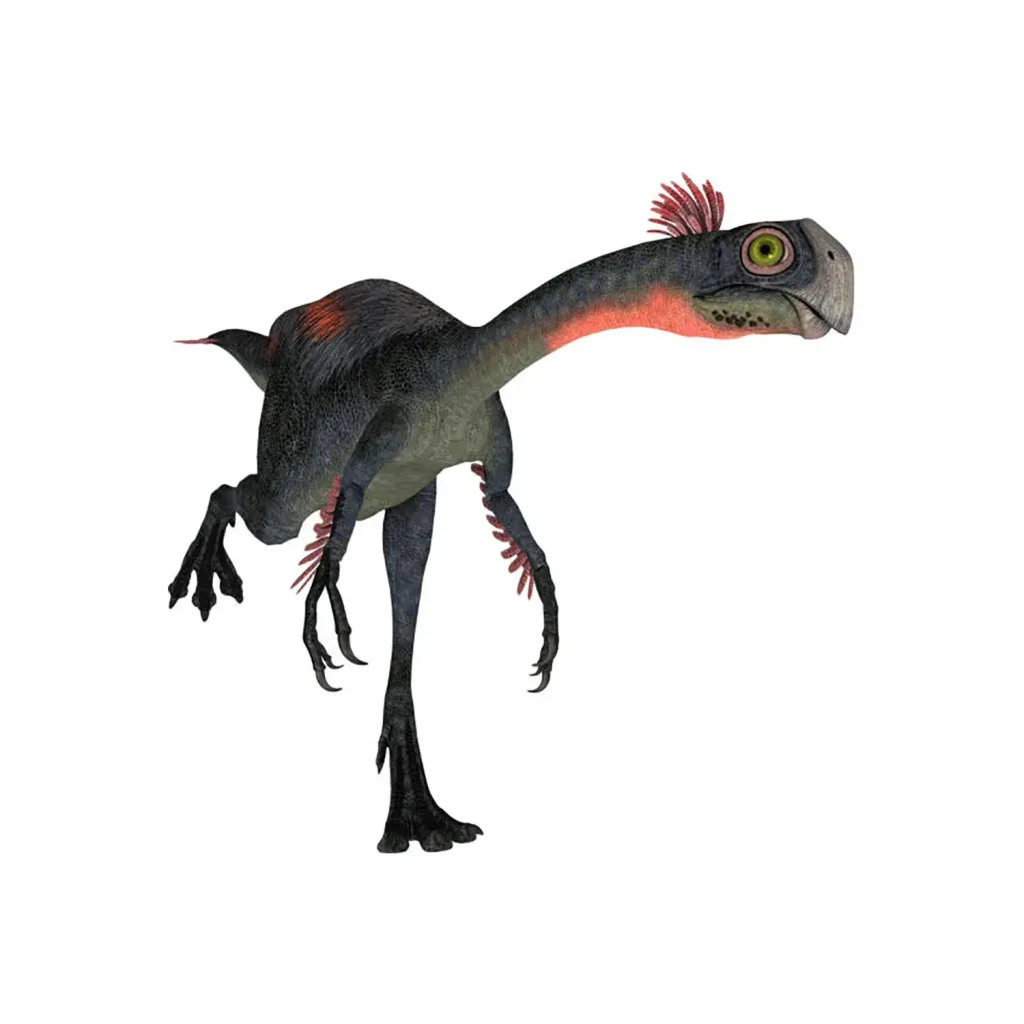
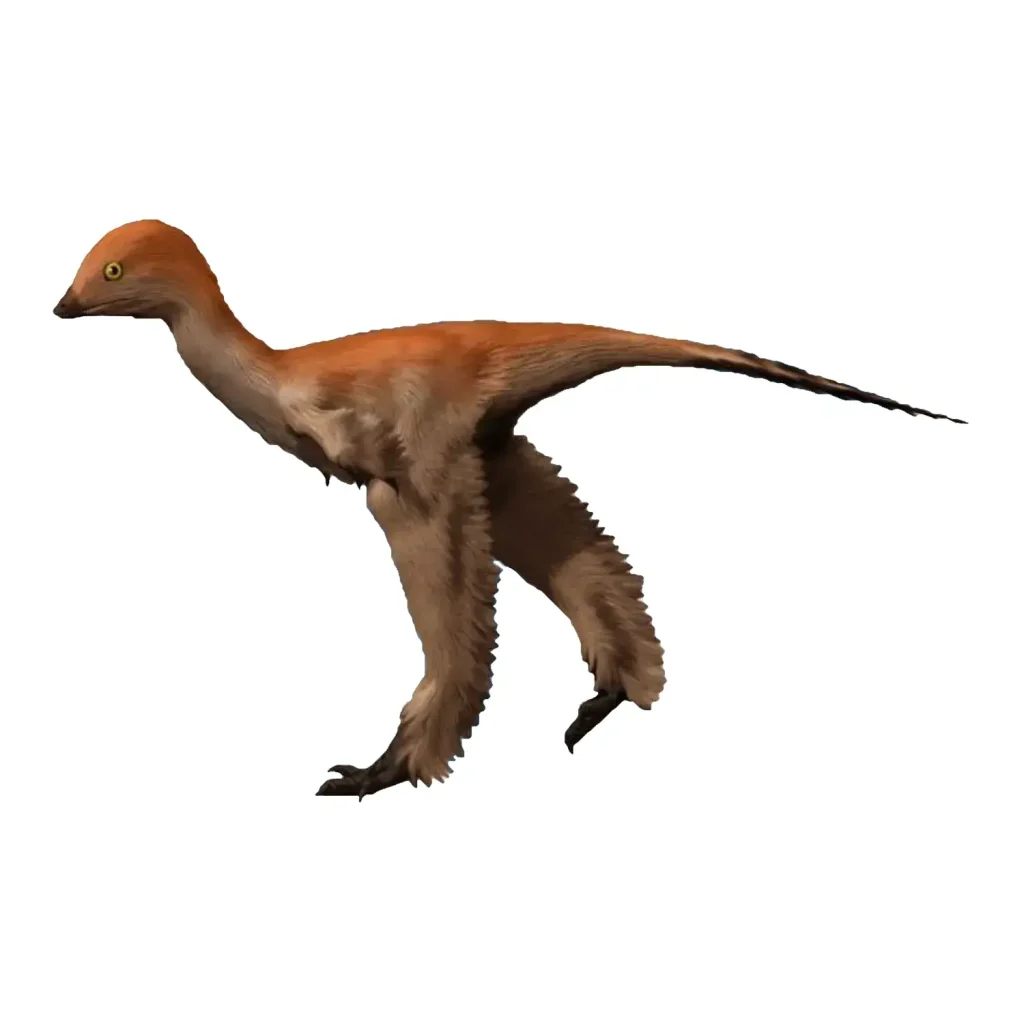













Description
Since its discovery in 1900, Brachiosaurus was for a long time known to the world as the largest dinosaur in history.
While it has since ceded that title to even larger dinosaurs like Argentinosaurus and Seismosaurus, its commanding presence and popularity have not waned.
Brachiosaurus
Its scientific name, “Brachiosaurus,” comes from the Latin words for “arm lizard.”
This name is derived from its unique feature of having forelimbs that were very long compared to its hind limbs. It lived in North America and Africa during the Late Jurassic period.
Individuals discovered in Africa are sometimes referred to as Giraffatitan.
Colossal Body and Astonishing Physical Structure
Brachiosaurus was an extra-large sauropod that was about 25 meters long and weighed a minimum of 23 tons, with some estimates reaching up to 50 tons.
This size is comparable to a modern blue whale, and it is thought that this giant grew to this size in just about 30 years.
If this giant were alive today, it could stretch its head up to look into a window on the fifth floor of a building.
Its most distinctive features were its very long neck and its forelimbs, which were much longer than its hind limbs.
Most sauropods have longer hind limbs, but Brachiosaurus had longer forelimbs, which is also the origin of its name.
A very long neck and forelimbs that are longer than the hind limbs.
The Mystery of Its Neck: The Immobile Neck and the “Suspension Bridge” Theory
In older reconstructions, Brachiosaurus was often depicted with a thick, muscular neck held vertically.
However, a computer tomography (CT) scan of a Brachiosaurus’s neck bones revealed that the inside was almost completely hollow.
It had a structure like a balloon made of thin bone, with the thinnest parts said to be thinner than a postcard.
Bones that thin could not support large muscles.
So how did it support its neck?
It is believed that the bodies of extra-large sauropods like Brachiosaurus had a “suspension bridge” structure.
With the hind limbs and pelvis as the pillars, strong ligaments, which served as the wires, suspended the bones from the neck in the front to the tail in the back.
Ligaments suspended the bones from its neck to its tail.
In this structure, the neck is thought to have been mostly immobile, making it impossible to lift its head high.
The limit was likely to keep its head in a mostly horizontal position at shoulder height (about 5m from the ground), which would still have allowed it to reach the tops of trees at a height equivalent to a giraffe.
It has also been suggested that if it had tried to force its head up, it would not have been able to send enough blood to its brain and would have fainted.
The Real Reason for Its Long Neck: A Mating Display
Why was it so necessary to make the bones light and the muscles minimal, even at the expense of function?
Why did it have to make its body so big and its neck so long?
It was once thought that it was to eat the leaves of tall trees. However, this theory has lost its credibility when considering the many handicaps of a long neck, such as taking tens of seconds for a single breath, a long time for food to reach the stomach, and an inability to perform strenuous exercise.
A hint is the fact that juveniles did not have such long necks.
A feature that is absent in juveniles but develops as an adult is often considered a sexual display for reproduction.
In the world of Brachiosaurus, it’s possible that the longer the neck, the more attractive it was to potential mates.
Despite having very few practical advantages and many disadvantages in its daily life, it is believed that Brachiosaurus evolved a long neck as a result of prioritizing reproduction over survival.
On the other hand, it needed to be able to lower its neck to drink water, so it had some muscles on the underside of its neck to do so.
It likely lowered its neck by contracting these muscles and then allowed it to naturally rise back to its original position by relaxing them.
A Brachiosaurus drinking water
Diet, Social Behavior, and Fossil Rarity
Brachiosaurus was a herbivore with a downward-pointing snout. It is believed to have used a thick beak to pluck plants and its back teeth to grind them.
Since it was impossible for it to lift its head, which weighed nearly a ton, it couldn’t eat tall plants.
Due to its massive body and a diet of low-nutrient plants, it had to eat a lot continuously.
However, its metabolism was highly efficient due to a mechanism called “inertial homeothermy,” which allowed it to maintain its huge body with a similar amount of food as an elephant (about 20 hours a day), despite being much larger.
While Brachiosaurus was once considered a semi-aquatic animal, it is now known to have been a fully terrestrial animal.
The discovery of numerous dense footprints suggests that they traveled in large herds of hundreds of individuals.
They lived by slowly grazing in areas with abundant plants.
A herd of Brachiosaurus on the move
Instead of moving aimlessly, they maintained a rational cycle of moving along fixed routes. By the time they returned to their starting point, the plants would have grown back, allowing them to thrive for over 100 million years without a shortage of food.
Despite having such a huge body, Brachiosaurus’s skull was not very large, measuring only about 50 cm.
If an enemy appeared, it is said that it would not have fought with its small head but instead used its long tail as a weapon.
Although Brachiosaurus flourished during the Late Jurassic, fossils of this dinosaur are extremely rare and have been found almost exclusively in geological layers from that period.
However, fossils of a close relative have been discovered in Early Cretaceous layers, confirming that the brachiosaurid lineage continued to thrive long after the Jurassic period ended.
Despite its high fame, many mysteries still surround this great “arm lizard.”
New discoveries and research will undoubtedly continue to update our understanding of its appearance and life.